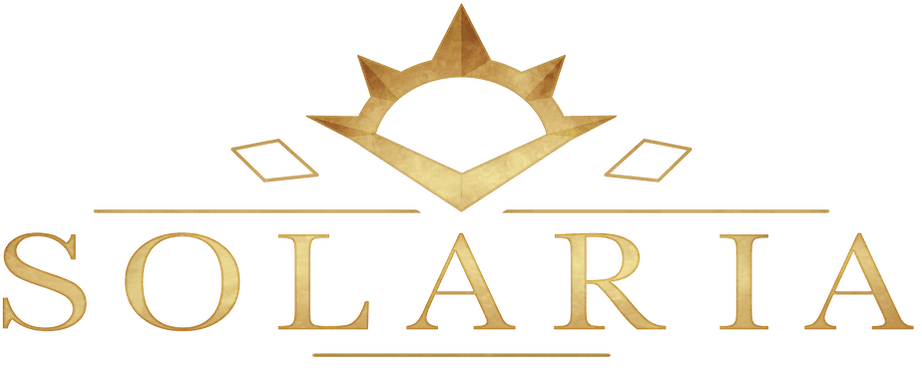Jukebox
OpenAI Jukebox can generate music in a wide range of styles and genres, using a combination of deep learning techniques that analyze and synthesize audio data.
It is based on two main components: the audio model and the autoregressive model. The audio model is trained on a dataset of raw audio samples and is responsible for generating the waveform of the music. The autoregressive model is used to generate the sequence of notes and rhythms that make up the music.
One of the most impressive features of the OpenAI Jukebox is its ability to generate music that is stylistically similar to existing songs or artists. By training the model on a large dataset of music, it can learn to recognize and replicate the patterns and characteristics of different genres and styles. This means that musicians and producers can use the technology to create new compositions that are similar in style to their favorite artists, without needing to have extensive knowledge of music theory or production techniques.
Another advantage is its potential to streamline the music production process. With traditional recording methods, producers need to spend a significant amount of time recording and editing audio tracks, which can be a time-consuming and expensive process. With the OpenAI Jukebox, however, producers can create high-quality music quickly and easily, without the need for extensive recording and production equipment. This technology has the potential to revolutionize the music industry by democratizing the music production process and enabling more people to create high-quality music.
Related Music Generation Tools


Beatoven.ai
Beatoven.ai uses advanced AI music generation techniques to compose unique mood-based music to suit every part of your video or podcast

Strofe
Strofe opens up the door for anybody to create music with the power of A.I. Make music that fits the mood and theme of your video game, Twitch stream, Youtube video, podcast and more. Take advantage of built-in mixing and mastering tools to tweak it until it’s just right.


Solaria
SOLARIA is an English native AI vocalist that provides a professional quality singer for your projects at any time. With user control over all aspects of the melody and detailed parameters to control various characteristics of the voice, SOLARIA is a high quality singer with near infinite options.
